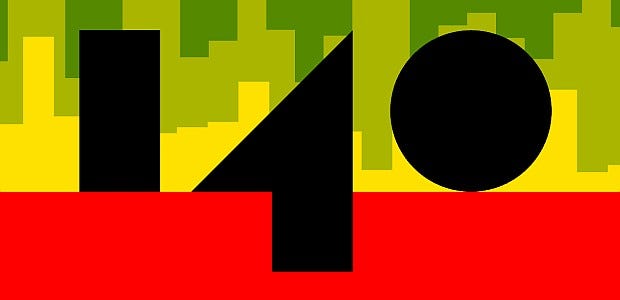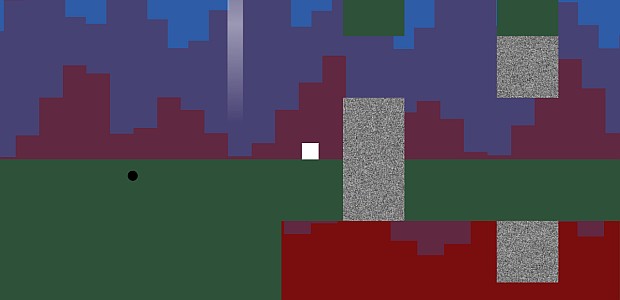Wot I Think: 140
Pull Shapes
140 won the Excellence in Audio award at IGF 2013. It was created by Jeppe Carlsen in his spare time, because Carlsen works for Playdead during the day, where he was the lead designer on morbid, monochrome platformer Limbo. 140 is another sidescrolling platformer, but it's the antithesis of that game. Let me tell you Wot I Think.
When Limbo came out, it was rightfully praised for its dark ambiance, its tactile puzzles and fluid animation. Not all who played it were so keen, though. I remember a certain pair of RPS writers having a fight with words, in which one argued that the game's reliance on trial and error was mean-spirited.
Whether you minded or not - I didn't - learning the rules of Limbo's world and overcoming its challenges did depend on inevitable failure. 140 doesn't. It's challenging, and it will kill you, but its reliance on music lets it find smarter ways to point you towards success.
The game opens with a title screen, the (terrible) name "140" built out of the same geometric shapes as its player character. When you stop, you are a square. When you move left or right, you are a circle. When you leap, you are a triangle, rotating in the air. This opening screen encapsulates the entire game: the background contains the pumping columns of a music equalizer; the fizzing colours change on every hard beat on its electronic soundtrack; the numbers 1-4-0 start to flicker with the high notes. It reminds me of the crack screen of an Amiga game.
When you begin, the game's music wordlessly teaches you how to play.
A basic example: there is a platform in front of you in the air and, a few lengths ahead of it, the shadow of a second platform. On every two-second beat, one platform vanishes and the other appears. In order to get across the chasm, you have to jump into the air before the platform you're intending to land on actually exists. The repetitive beat of the music makes it easy to time, because you already know when the next beat is coming.
From that simple idea, the entire game spills out. It introduces pulsing floors which punt you into the air, an electric hum which causes you to float, and shifting orbs of deadly static. At every stage, the musical rhythm tells you how to time your runs and jumps to overcome new obstacles. You find yourself instinctively leaping at the right time, darting under traps on your first attempt, performing exact actions without pause.
This turns out to be a satisfying way to connect player movement with music, much more so than other recent attempts. It also means there's never a moment where it's not clear what something does, or where you're forced through a lack of information to toss yourself towards unavoidable death just to see what happens. Everything is implied, and easily inferred.
Also, you know, fizzing neon colours. See? Antithesis of Limbo.
Each of the game's three chapters ends with a boss-style battle, using rhythm and timing as the defining factor while borrowing new mechanics from shmups and rhythm-action games. The second of those challenges is a frustrating difficulty spike, but I appreciated the shifts in pacing.
There's not too much more to it than that. It only took me an hour to complete 140. When you're done, if you're so inclined, you can tackle the same set of levels again, this time running them from right to left without checkpoints. I won't have the patience.
There are a bunch of platform games that star geometric shapes. There are a bunch of games that tie their action or their world to music. 140 could be easily dismissed as Thomas Was Dancing, but it's smartly executed and had me dancing in my chair at 10am in the morning.
140 is currently £3.29 on Steam and I once spent that much on a Smash Mouth single.










